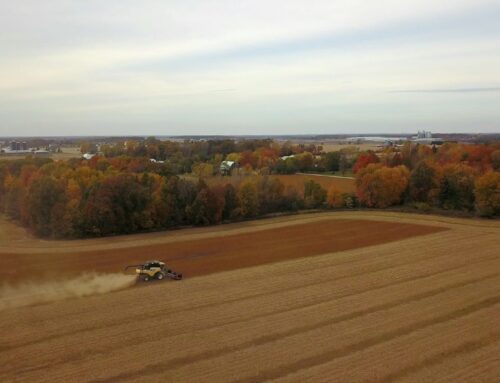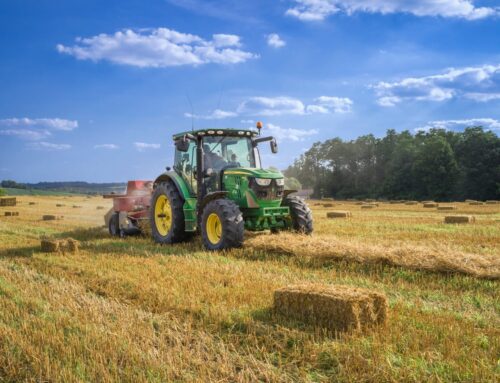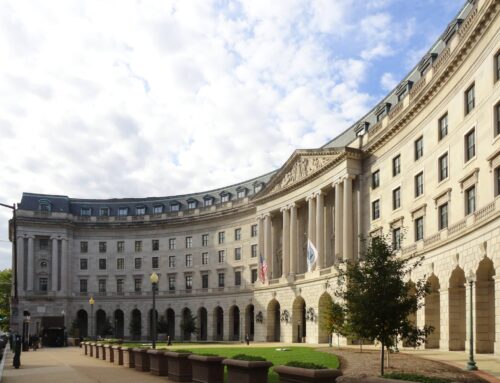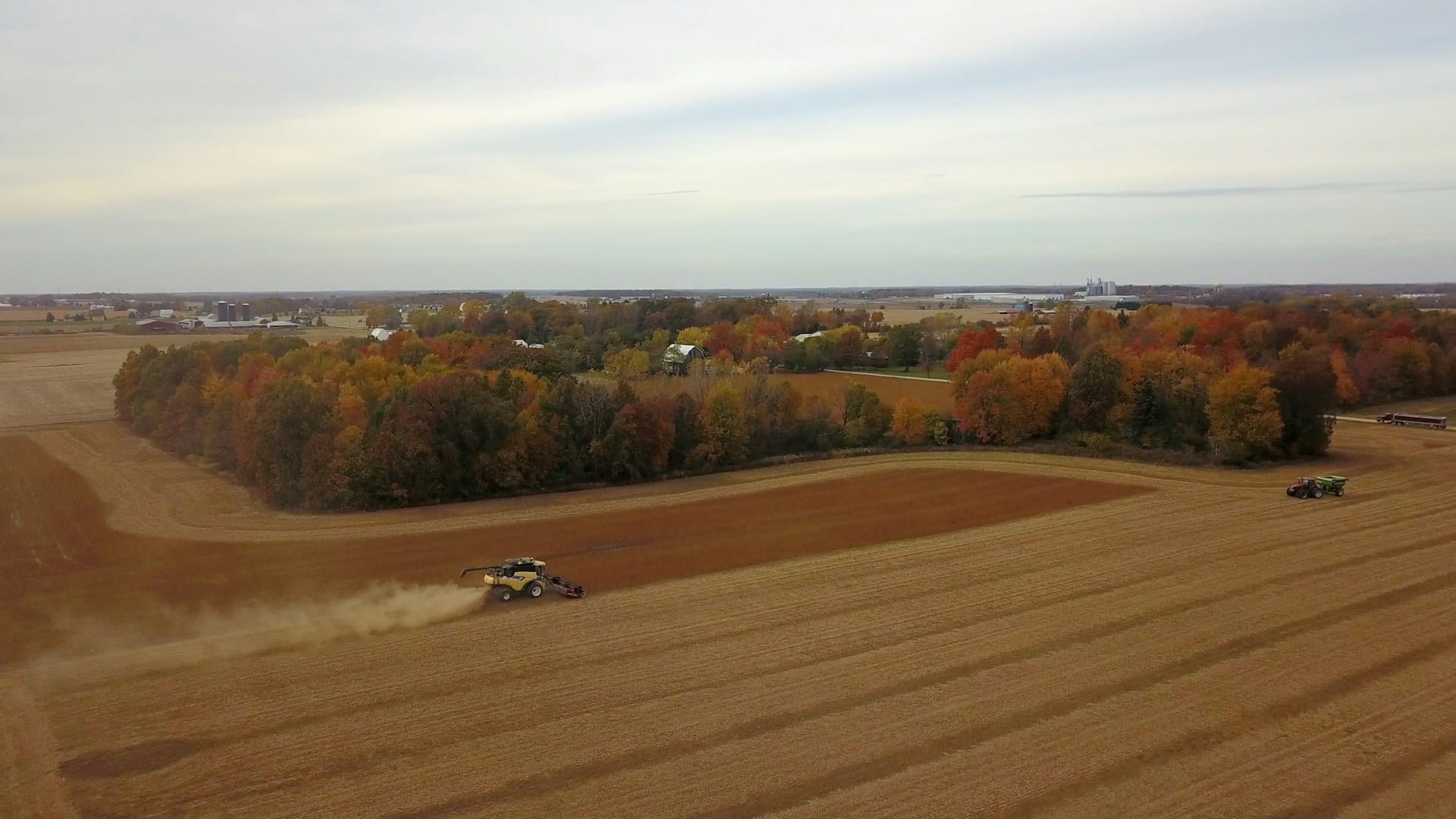Within the USDA’s informative budget summary are important details on the budget’s proposed savings. For instance, the president’s “Farm Bill Savings” summary document includes $1.348 billion in savings from the line item marked “Eliminate Farm Payment Limit Loopholes.” A read of the USDA’s budget summary indicates this total includes $700 million from limiting government subsidies to people actually engaged in actively farming.
While it would seem to make sense that only actual farmers get farm subsidies, under current rules, each individual of a “family farm” that owns part of a farm and provides “management” can receive a subsidy, up to $125,000. This means a person who’s living in New York City, but is a partner in an Arkansas rice farm, has the eligibility to receive payments from the government. The Government Accountability Office has repeatedly found that enacting effectively enforced limits on the amount of subsidies each producer receives annually, will save taxpayers billions of dollars while only affecting the top few percent of producers (usually the largest and wealthiest).
Senator Grassley (R-IA) and Rep. Jeff Fortenberry (R-NE) have long been proponents of refining the definition of “actively engaged” in farming to focus on, well, farmers who are actually on the farm and farming. And in the 2014 farm bill process they appeared to win, with refined language included in the Senate’s farm bill text and successful adoption of an amendment on the House Floor (230-194). Farm bill conferees, however, went against the will of Congress and gutted the language, re-writing it to only apply to non-family farms. Well, according to USDA, 97 percent of farms are family farms.
The president’s proposal to limit one manager per farm to qualify as actively engaged in farming is a great step towards closing loopholes Congress intended to close years ago.











Get Social